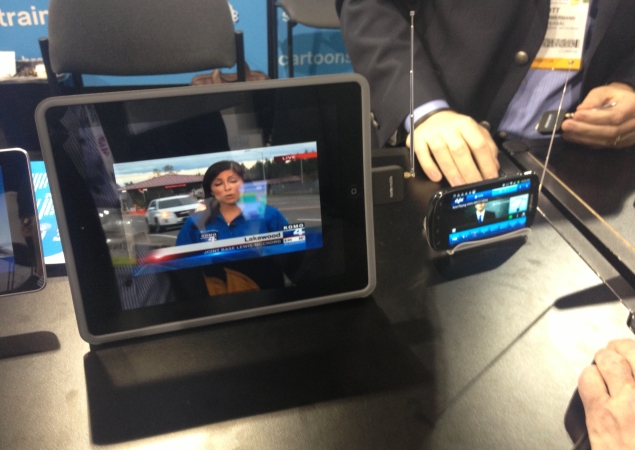How to Get Cable TV through Internet

Cable television has become a necessity in the daily life of every individual irrespective of the gender. However, there are still certain areas in the world where you do not have a wired cable television service. People use cable TV through internet in these remote areas.
On the internet you can view cable TV or satellite TV depending upon your connection speed and area. Each of these types of television has its advantages and disadvantages, but if we talk only about the quality and stability of the video, you can arrange them in a descending order of performance – cable TV, satellite, Internet TV.
Things Required:
– Monitor or LCD
– TV Device
– Necessary cables for connection
– Valid internet connection
– Modem (Wired or wireless)
Instructions
-
1
To view cable TV on your computer with, you must have a valid cable TV connection carried through an underground flat wire, which is installed by cable television provider for the provision of services.
-
2
If you have a valid connection, buy a TV tuner and connect it to the computer through a slot PCI / PCI-E or USB-port. Connect the cable to the tuner and watch cable TV.
-
3
You can either use paid service or you can watch it for free. Free cable TV will be riddled with a lot of advertisement while the paid service will be of high quality.
-
4
If your area only offers internet connection and do not offer cable TV services, you can still watch different channels on the internet. Once the Internet connection is established, download some program to watch on-line television for example VLC media players. If you are going to use this program, download the latest version. Install the software on the computer and turn on any of the various channels that are in its playlist.
-
5
Some on-line television channels broadcast video with low resolution. So, you can watch cable TV despite having a slower internet connection. Nowadays, companies are offering respective users different packages to watch cable TV. However, lower the rate of bits per second, lower will be the image quality and greater the likelihood of interference in transmission.






